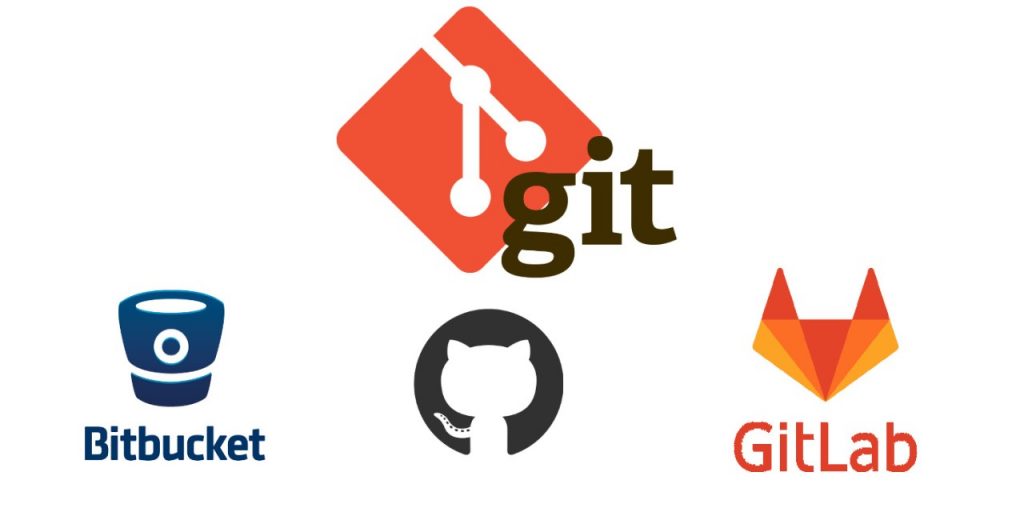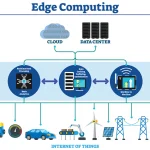Now Reading: What Is Edge Computing and How It Shapes Software Architecture
-
01
What Is Edge Computing and How It Shapes Software Architecture
What Is Edge Computing and How It Shapes Software Architecture

What Is Edge Computing and Why It’s Changing the Way We Build Software
In today’s digital world, data is pouring in like never before—from smartphones, IoT devices, industrial sensors, and countless other sources. Traditional centralized computing models, where all your data is sent back and forth to massive data centers or cloud servers, are starting to run into some serious limitations. Enter edge computing: a game-changing approach that shifts the processing closer to where the data is generated.
So, what exactly is edge computing? Simply put, it’s a way of handling data locally—right near your devices, sensors, or local servers—rather than relying solely on distant cloud data centers. Imagine not having to send all your data across the internet to a massive data farm, only to wait for it to come back with the processed insights. Instead, you process and analyze data right at the ‘edge’ of the network—hence the name.
This approach is more than just a speed boost; it fundamentally changes how we design and build software systems. Think of it like having a smart factory where machines can identify issues instantly and fix things on the spot, or autonomous vehicles that use real-time sensor data to make split-second decisions without relying on a distant server. These examples highlight some of the superpowers of edge computing: ultra-low latency, enhanced security, and less bandwidth consumption.
By decentralizing processing resources, software architects now have the opportunity to create systems that are more resilient, scalable, and adaptable to the needs of modern applications. Edge computing isn’t just a buzzword—it’s a paradigm shift that’s empowering applications to become smarter, faster, and more responsive.
How Edge Computing Influences Modern Software Design: From Architecture Choices to Performance Optimization
As more organizations look to develop applications that are lightning-fast, reliable, and scalable, the impact of edge computing on software architecture is becoming increasingly clear. Instead of depending entirely on large, centralized cloud servers, modern systems are increasingly designed with a distributed, ‘edge-aware’ approach.
Think of it like this: rather than sending all your data into the big city (the cloud), you bring some of that processing right down to your neighborhood. By doing that, your apps can perform critical tasks locally—reducing delays, saving bandwidth, and improving the user experience. This proximity allows for real-time data analysis, instant responses, and more secure operations because sensitive data can be processed on-site rather than transmitted across networks.
Designing applications with edge computing in mind often involves rethinking traditional architectures. Instead of monolithic, centralized systems, developers are building hybrid models. Critical, time-sensitive functions run on local edge devices or mini data centers, handling immediate decisions and actions. Less urgent tasks—like long-term data analytics or backups—can be handled in the cloud. This hybrid architecture not only boosts overall performance but also makes systems more resilient: if a node at the edge goes offline, the rest of the system can often continue functioning smoothly.
Another big trend is adopting microservices and containerization—small, independent components that can be deployed and scaled flexibly across distributed environments. This not only simplifies management but also ensures that applications can adapt quickly to changing demands and environments.
Of course, this shift isn’t without challenges. Managing a distributed system involves complexities like ensuring data consistency across multiple nodes, handling security at various access points, and balancing workload distribution. But the benefits—like reduced latency, improved security, and network efficiency—are well worth the effort.
If you’re a developer or a tech enthusiast, understanding these architectural shifts is crucial. By leveraging edge computing, you can design smarter, more responsive applications that meet the demands of our connected, real-time world. Whether it’s optimizing the performance of IoT devices, enhancing industrial automation, or delivering seamless user experiences, edge computing opens up a new world of possibilities for software design.
In conclusion, edge computing is more than just a trend; it’s a fundamental shift in how we process information and build software. Its ability to bring computation closer to the data source is transforming everything from industrial automation to autonomous vehicles and personalized healthcare. As it continues to evolve, embracing edge-centric architectures will be essential for developers and organizations aiming to stay ahead in this rapidly changing digital landscape. Learning how to design systems that leverage the power of edge computing will unlock new levels of speed, security, and scalability—making our digital future smarter and more efficient.

























